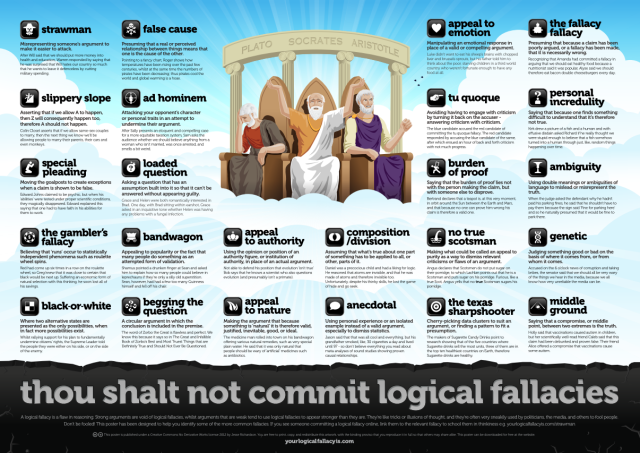“Save the Ferris” he says, enunciating each word carefully, trying to sound less tipsy than he actually is. He belatedly ends his statement with a rising intonation, making it a question. He gestures helpfully at my t-shirt.
I'm tired and I like my happy-drunk people to have greater pop culture awareness. But we've only just crossed the eleventh floor and the lift isn't very fast (new hotel, old building) so I can’t pretend I haven’t heard him.
“It’s from a movie,” I say. “From the 80s. Called Ferris Bueller’s Day Off.”
He looks confused. “Oh really?”
“It was quite popular in the 80s,” I add.
“Yeah man,” his friend chimes in, “haven’t you seen Ferris Boomer’s Day Off?”
I smile helpfully in their general direction.
He thinks for a minute but, just as he says “No,” the doors open and two more people walk in. We descend in silence for a while, but the newcomers are getting off at the mezzanine, so soon it’s just the three of us again.
“Save the Ferris,” he repeats. Once again adding the “the” that isn't actually printed on my t-shirt. He says it more thoughtfully this time – his brain cells working hard but still drawing a blank.
“You should watch it I say,” as we the doors open at the lobby, “it’s a fun movie.”
That’s apparently an excellent suggestion because he beams at me and says “I’ll do that,” and since this is goodbye, “Have a great night!”
“You too!” I respond enthusiastically. Then I buy a fruit cup and head back up to my room to finish the presentation I'm working on.
Just another night at the Gold Coast.









